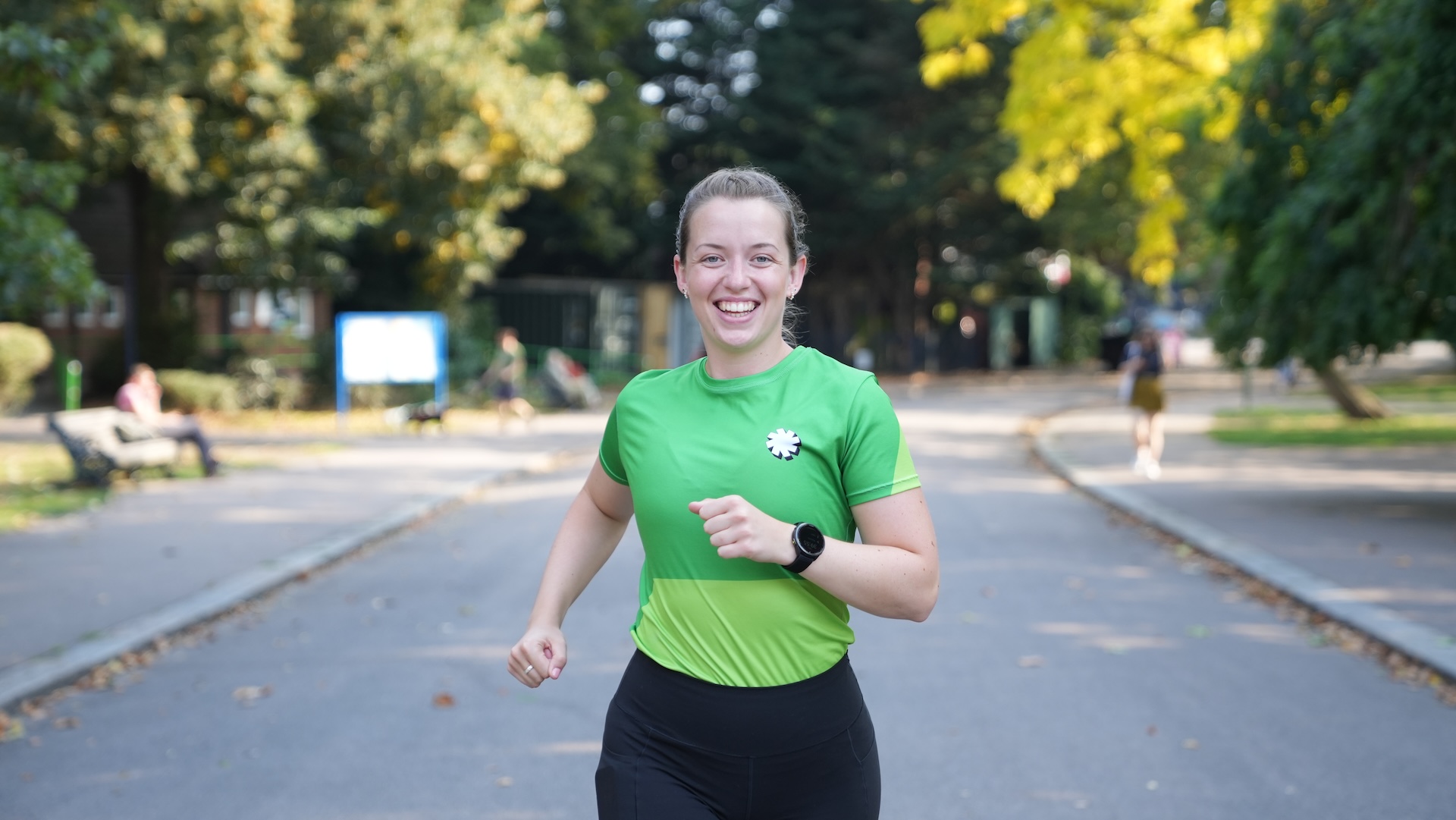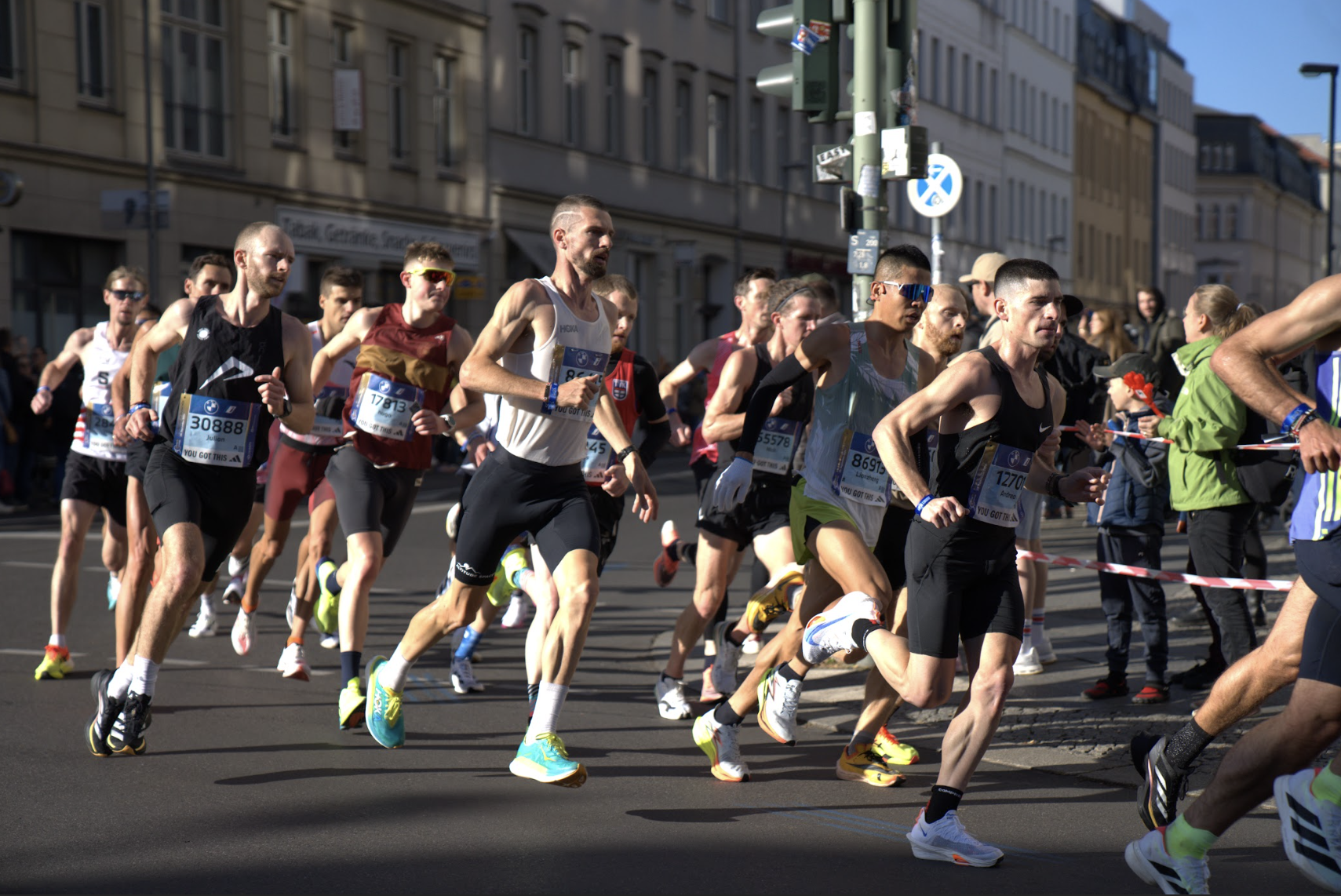Basics Of Mindfulness Meditation


Meditation is like the term “Sport”, there are many types of sports under the umbrella term. Meditation is the same. Mindfulness meditation is just one example.
Mindfulness is simply deliberately focusing your attention on what’s happening right now and without judgement. By doing so you pull yourself away from your thoughts which invariably create worry or stress. Each time you do this the physical structure of your brain actually changes (neuroplasticity).
But how do you focus on the now? Well, you need something that only exists in the present moment. We call this your anchor. By focusing on your anchor you are able to keep coming back to it should your attention become distracted and you find yourself wandering off in thought.
An anchor can be your breath, your body, sights, sounds, smells, tastes, touch, sensations, emotions & feelings. By placing your awareness on your breath for example you break free from being caught in your thoughts, of which you have anywhere from 60,000 – 90,000 a day, 90% of those are from the day before and very often involve rumination or worry about the future. Wasting the only time we actually have and that’s the present moment.
Mindfulness practice can be classed as either formal or informal. A formal practice example is the well known sitting meditation (lotus) position. The reason why the position looks so ‘’alert’’ is exactly that, to ensure you stay fully aware throughout the meditation. It could also be a daily Yoga routine.
Informal mindful practice can be carried out throughout your day. Whether it be paying attention to your morning cup of coffee, the smell, the taste or noticing your surroundings on the commute to work. How many of us drive in the car from A-B mindlessly lost in thought about the day ahead. You can literally do everything mindfully!
There are key attitudes to adopt when approaching mindfulness meditation. These were introduced by the ‘’God Father’’ of Western Mindfulness and the pioneer for the 8 week MBSR program, Jon Kabat-Zinn. Personally I have found that learning to cultivate these attributes in my practice has had wider impact in my daily approach to life.
Non-judging – do not be too hard on yourself if you find yourself constantly losing focus.
Acceptance – not passive resignation but an act of recognition that things are the way they are…
Patience – exactly what it suggests. Meditation is difficult.
Beginner’s mind – as if every experience is your first experience each time. Be curious.
Trust – what is alive in you right now. Your body doesn’t lie.
Non Striving – no meditation is a bad meditation. No matter if you lose your focus 1,000 times always come back to the anchor. It’s the returning to the anchor that is the ‘’heavy lifting’’ which improves things like focus and reduces stress.
Letting Go – In meditation practice, we intentionally put aside the tendency to elevate some aspects of our experience and to reject others. Instead, we just let our experience be what it is and practice observing it from moment to moment (Jon Kabat Zinn).
Gratitude – being grateful and giving thanks has scientifically proven benefits. Try expressing gratitude in your meditation through Mantra for your body allowing you to run each day.
Good Luck,
Andy
Andy Caine is a Certified Mindfulness Instructor. You can try his follow-along meditation as featured in our video: Running And Meditation, below:
For more information about Andy and mindfulness coaching, check out his website: inthenowhow.com



























Running News
Ingebrigtsen Stars at World Athletics Indoor Championships 2025 – Plus All The Winners!
Sam Ruthe Is First 15-Year-Old To Run A Four-Minute Mile!
Eliud Kipchoge Will Run The 2025 Sydney Marathon!